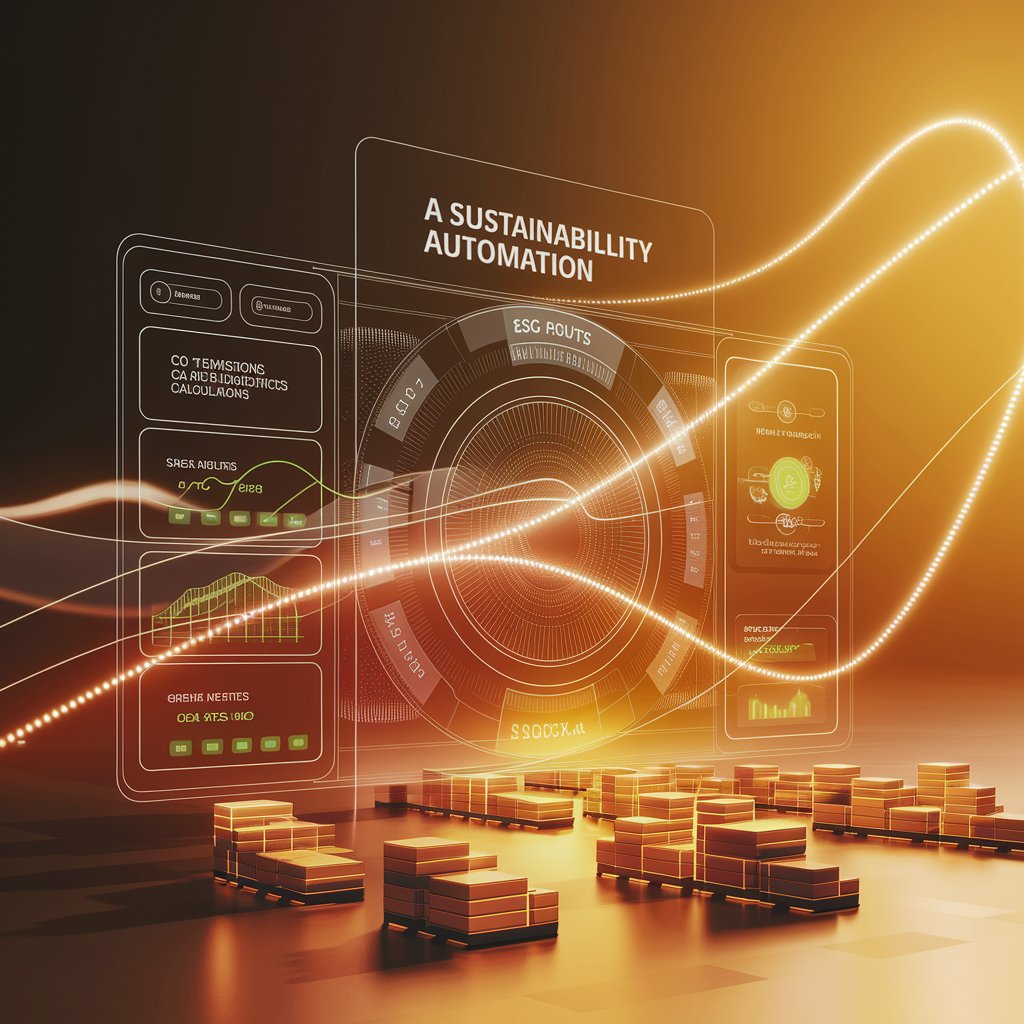How to Automate CO₂ Calculations and ESG Reporting in Logistics
Sustainability is no longer optional in logistics. Customers, regulators, and investors demand visibility into carbon emissions (CO₂) and Environmental, Social, and Governance (ESG) performance.

Introduction CO₂ emissions automation
The challenge: calculating emissions manually from fuel consumption, distance traveled, or carrier data is slow and inconsistent. By automating CO₂ calculations and ESG reports, logistics companies can monitor their environmental footprint in real time and provide accurate reports to clients and regulators.
Step 1: Map the Workflow
- Trigger: Shipment is created or completed in TMS.
- Data Capture: Collect mode, distance, weight, and fuel type.
- Emission Calculation: Apply CO₂ factors automatically (per mode and region).
- Storage: Save results in database or BI tool.
- Reporting: Generate monthly/quarterly ESG dashboards and PDF reports.
- Notifications: Share results with ops team and customers.

Step 2: Choose Your Tools
- Data Source: Linbis TMS, ERP, Telematics, Carrier APIs.
- CO₂ Calculators: EcoTransIT, Smart Freight Centre GLEC Framework, CarbonCare API.
- Automation: Make, Zapier, Power Automate.
- Storage & BI: Google Sheets, Power BI, Tableau, Looker.
- Distribution: Email, Slack, Customer Portal.
Step 3: Build the Automation (Example in Make)
- Trigger: New shipment completed in Linbis TMS.
- Extract Data: Mode, distance, cargo weight, carrier info.
- CO₂ Calculation: Connect to EcoTransIT API → get CO₂ output.
- Save Results: Push data into Google Sheets and Power BI dashboard.
- Generate Report: Monthly automation creates PDF with aggregated emissions.
- Send: Email PDF report to customers and sustainability officer.

Step 4: Test the Workflow
- Complete test shipment.
- Verify calculation accuracy.
- Confirm data is stored in BI dashboard.
- Generate and review monthly report.
Step 5: Optimize
- Segment emissions by carrier, route, or customer.
- Add CO₂ per shipment metric to invoices.
- Provide real-time emissions dashboard for clients.
- Integrate offset programs for automatic compensation.

Benefits of CO₂ & ESG Automation 📈
- Transparency: Provide accurate emissions reports.
- Compliance: Meet EU, US, and global reporting requirements.
- Efficiency: Save hours of manual calculations.
- Customer Trust: Demonstrate sustainability leadership.
- Scalability: Handle large shipment volumes seamlessly.
Conclusion CO₂ emissions automation
Automating CO₂ and ESG reporting transforms sustainability management in logistics. By connecting TMS data with emission calculators and BI dashboards, companies deliver accurate insights, comply with regulations, and strengthen customer relationships.
With EcoTransIT, Linbis, and automation tools, sustainability reporting becomes effortless and impactful.
